Home>Garden Essentials>When To Plant Herbs From Seed
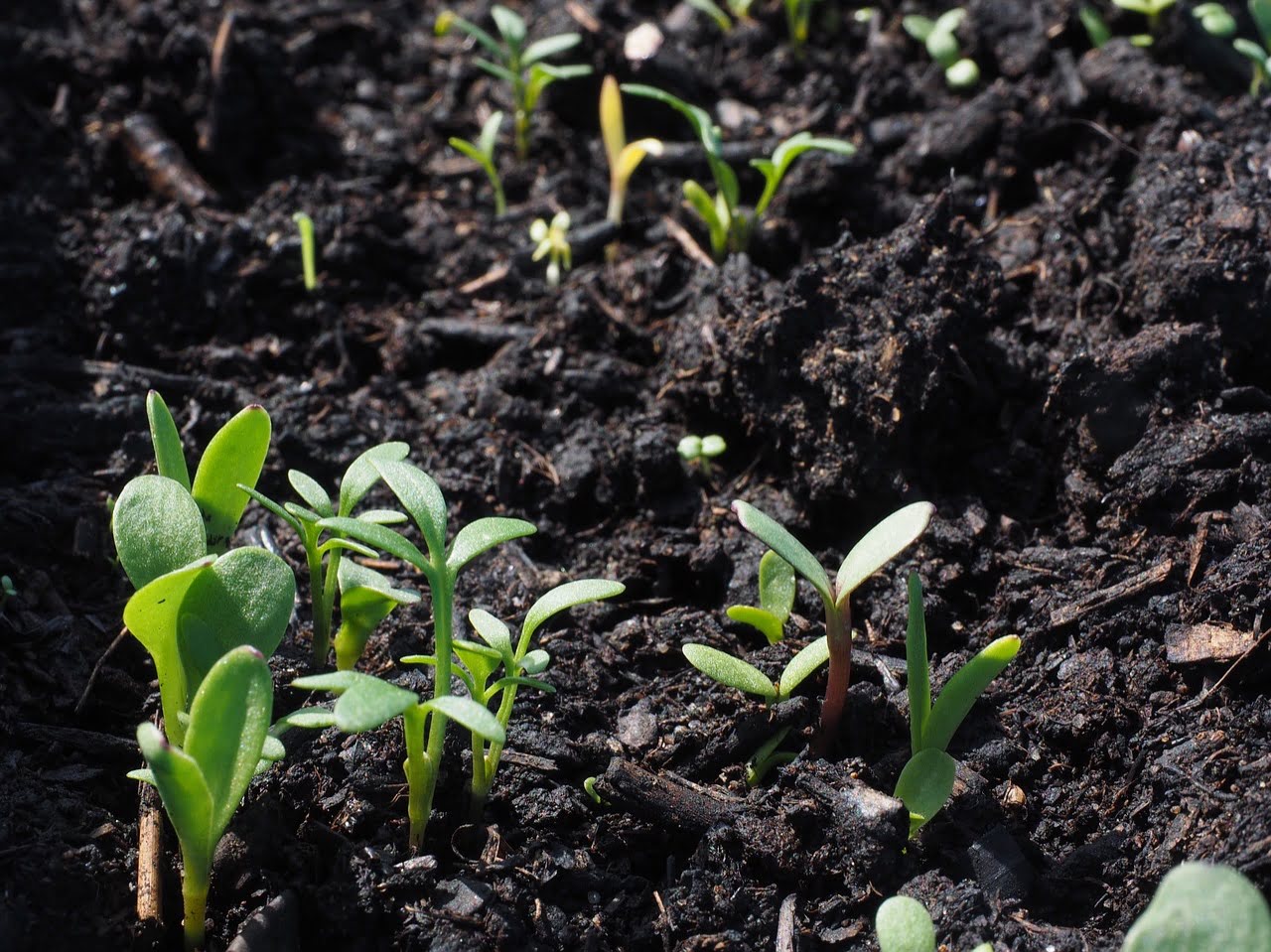

Garden Essentials
When To Plant Herbs From Seed
Modified: March 15, 2024
Discover the best time to plant herbs from seed in your garden. Get expert tips and advice on when and how to start your herb garden for a successful harvest.
(Many of the links in this article redirect to a specific reviewed product. Your purchase of these products through affiliate links helps to generate commission for Storables.com, at no extra cost. Learn more)
Introduction
Planting herbs from seed is an exciting and rewarding endeavor for gardeners of all levels of experience. Not only does it offer a cost-effective way to grow a wide variety of flavorful and aromatic herbs, but it also allows you to have full control over the entire growth process, from seed to harvest. Whether you have a spacious garden or a small balcony, growing herbs from seed can be a delightful and fulfilling activity.
Before embarking on your herb-seed planting journey, there are a few factors to consider. Understanding the best time of year to plant herbs from seed, knowing which herbs are suitable for seed planting, and being familiar with the steps and techniques involved are key to achieving successful results.
In this article, we will explore these aspects in detail and provide you with valuable insights and tips to help you make the most of your herb-seed planting experience. Whether you’re a seasoned gardener or a beginner, this guide will equip you with the knowledge you need to grow an abundance of fresh herbs right in your own backyard or windowsill.
Key Takeaways:
- Planting herbs from seed allows you to grow a variety of flavorful and aromatic herbs, providing a cost-effective and rewarding gardening experience.
- Understanding the best time of year to plant herbs from seed and following proper care techniques can lead to a bountiful harvest of fresh, aromatic herbs for culinary and medicinal use.
Read more: How To Plant Herb Seeds
Factors to Consider before Planting Herbs from Seed
Before you start planting herbs from seed, it’s important to consider a few key factors that can greatly influence the success of your herb garden. These factors include the climate and growing conditions in your region, the specific requirements of different herb varieties, and the available space and resources you have for gardening.
1. Climate and Growing Conditions: Herbs, like any other plants, have specific climate and growing condition requirements. Some herbs thrive in warm and sunny climates, while others prefer cooler temperatures. Take into account the average temperature, sunlight exposure, and humidity levels in your area to choose herbs that are well-suited to your region.
2. Specific Herb Requirements: Different herbs have different needs when it comes to soil type, water requirements, and optimal growing conditions. Some herbs, such as basil and parsley, prefer well-drained soil and regular watering, while others, like rosemary and thyme, are more drought-tolerant and thrive in drier conditions. Research the specific requirements of each herb you plan to grow to ensure you can provide the necessary care.
3. Available Space: Consider the amount of space you have available for gardening. If you have limited space, you may want to focus on growing herbs that can thrive in containers or vertical gardens. On the other hand, if you have a sprawling garden, you can experiment with a wider variety of herbs and even create designated herb beds or sections.
4. Resources and Time Commitment: Assess the resources and time you can dedicate to your herb garden. Some herbs require more frequent watering, pruning, and maintenance, while others are low-maintenance and can thrive with minimal care. Consider your schedule and gardening capabilities to choose herbs that align with your available resources and time commitment.
By carefully considering these factors, you can select the right herbs for your specific conditions and ensure a successful herb garden from seed. With the right choices and proper care, you can enjoy a bountiful harvest of fresh herbs to enhance your culinary creations, create herbal remedies, or simply add beauty and fragrance to your outdoor space.
Best Time of Year to Plant Herbs from Seed
The timing of when you plant your herb seeds plays a crucial role in their growth and overall success. While the specific timing may vary depending on your climate and the specific herb varieties you’re growing, there are some general guidelines to help you determine the best time of year to plant herbs from seed.
1. Spring: For most herb varieties, spring is an ideal time to start planting seeds. As the temperatures begin to warm up and the frosty conditions subside, the soil becomes more favorable for seed germination. Starting herbs from seed in spring allows them to establish robust root systems and grow vigorously during the warmer months.
2. Indoor Seed Starting: If you live in an area with a shorter growing season, or if you want to get a head start on your herb garden, consider starting your herb seeds indoors. This can be done 6 to 8 weeks before the last anticipated frost date in your area. By starting seeds indoors, you can provide a controlled environment with optimal warmth and light conditions, ensuring the seeds germinate and seedlings grow before transplanting them outdoors.
3. Fall: Some herb varieties can also be planted from seed in the fall, depending on your climate. Cool-season herbs like cilantro, parsley, and dill tend to thrive when planted in late summer or early fall when the weather begins to cool down. These herbs prefer cooler temperatures and can withstand light frost, making them perfect for fall planting.
4. Herb-Specific Considerations: Keep in mind that different herbs have different preferences when it comes to planting time. For example, heat-loving herbs like basil and oregano thrive when planted after the danger of frost has passed and the soil temperature consistently reaches around 70°F (21°C). On the other hand, perennial herbs like lavender and sage may prefer to be started in the spring or early fall, as they require a longer establishment period.
It’s important to consult the specific planting guidelines for each herb variety to ensure you’re sowing the seeds at the right time for optimal growth. Additionally, keeping track of your local climate and weather patterns can help you determine the best window of opportunity for planting herbs from seed.
By understanding the best time of year to plant herbs from seed and tailoring your planting schedule accordingly, you can maximize the growth potential of your herb garden and set yourself up for a successful harvest.
Recommended Herbs for Seed Planting
When it comes to choosing which herbs to plant from seed, the options are vast and varied. Whether you’re looking to add flavor to your culinary creations, create homemade herbal remedies, or simply enjoy the beauty and fragrance of herbs in your garden, here are some recommended herbs that are well-suited for seed planting:
- Basil: Basil is a versatile herb that comes in many different varieties, such as Genovese, Thai, and Lemon basil. It is best grown from seed and thrives in warm and sunny conditions.
- Parsley: Parsley is a popular herb used in a variety of dishes, and both curly and flat-leaf varieties are great for seed planting. It’s a cool-season herb that can be sown in early spring or late summer.
- Cilantro: Cilantro, also known as coriander, is an annual herb with distinct flavor and aroma. It’s best grown from seed and prefers cooler temperatures, making it suitable for spring and fall planting.
- Mint: Mint is a resilient herb that can quickly spread, so planting it from seed allows for better control. It’s a perennial herb that thrives in moist soil and partial shade.
- Rosemary: Rosemary is a woody herb that adds a robust flavor to dishes. It can be started from seed, but keep in mind that it has a longer germination period. Plant it in well-draining soil and provide plenty of sunlight.
- Thyme: Thyme is a fragrant herb that is drought-tolerant and prefers well-drained soil. It can be grown from seed and is suitable for both culinary purposes and as a ground cover in the garden.
- Oregano: Oregano is a flavorful herb that is best started from seed. It needs a warm and sunny environment, well-draining soil, and regular watering.
- Sage: Sage is an herb with a distinct earthy flavor and woody stems. It can be grown from seed and prefers full sun and well-drained soil.
- Lavender: Lavender is a beautiful herb known for its aromatic flowers. It can be started from seed and requires well-draining soil, full sun, and good air circulation.
These are just a few examples of herbs that are commonly grown from seed. Remember to consider your climate, growing conditions, and personal preference when selecting herbs for your garden. Experimenting with different herb varieties will not only provide you with a diverse range of flavors and aromas but also add visual interest to your garden.
By starting these recommended herbs from seed, you can experience the joy of watching them sprout and grow into healthy plants, ready to be harvested and enjoyed in your favorite recipes or used for their medicinal properties.
Steps for Planting Herbs from Seed
Planting herbs from seed is a straightforward process that can be done by following a few simple steps. Whether you’re sowing seeds directly in the garden or starting them indoors for transplanting later, here is a step-by-step guide to help you successfully plant herbs from seed:
- Prepare the Soil: Start by preparing the soil in your garden bed or containers. Remove any weeds or debris and loosen the soil to ensure optimal root growth. If the soil is heavy or lacks nutrients, consider adding compost or organic matter to improve its fertility.
- Read the Seed Packet: Before planting, read the instructions on the seed packet for specific guidelines. Pay attention to the recommended planting depth, spacing, and any other specific requirements for the herb variety you’re planting.
- Sow the Seeds: Gently sow the seeds according to the recommended spacing and depth. As a general rule, plant seeds 2-3 times their diameter deep. If planting in rows, create furrows for the seeds and cover them with soil. If planting in containers, simply place the seeds on the surface and lightly cover them with a thin layer of soil or vermiculite.
- Water the Seeds: After sowing the seeds, gently water the soil to ensure it remains moist. Using a fine mist or a watering can with a gentle shower attachment can help prevent displacing the seeds. Be careful not to overwater, as this can cause the seeds to rot or wash away.
- Provide Proper Care: Keep the soil consistently moist until the seeds germinate. This may involve watering regularly or covering the planting area with a damp cloth or plastic wrap to maintain the ideal humidity. Once the seedlings emerge, gradually reduce watering and provide enough sunlight or artificial light to promote healthy growth.
- Transplant, if Necessary: If you started your herb seeds indoors and they outgrow their containers, or if you want to rearrange and space out the seedlings in your garden bed, consider transplanting them to their permanent location. Dig holes in the soil, gently remove the seedlings from their containers, and place them in the holes. Fill the gaps with soil, firm it gently around the plants, and water thoroughly.
- Maintain and Nurture: Once the herb seedlings are established, continue to provide care and maintenance. Water them regularly, especially during dry spells, and monitor for signs of pests or diseases. Prune as needed to encourage bushy growth and harvest as the herbs mature.
Following these steps will help ensure a successful start for your herb seeds and promote healthy growth and development. Remember to be patient and provide consistent care, as each herb variety has its own growth rate and requirements. With time, you’ll witness the seeds sprout, grow into flourishing plants, and eventually reap the rewards of a bountiful herb harvest.
Tip: Plant herb seeds indoors 6-8 weeks before the last frost date in your area. Transplant them outdoors after the danger of frost has passed for a healthy and productive herb garden.
Read more: How To Grow Herbs From Seed
Tips for Successful Seed Planting
Planting herbs from seed can be a rewarding experience, and with a few tips and tricks, you can increase your chances of success. Here are some valuable tips to help you achieve successful seed planting and ensure healthy growth of your herb garden:
- Select High-Quality Seeds: Choose high-quality seeds from reputable suppliers. Look for seeds that are fresh, viable, and specifically labeled for the current year.
- Start with Good Soil: Use high-quality, well-draining soil that is rich in organic matter. A nutrient-rich soil will provide a strong foundation for the growth of your herb seeds.
- Follow Proper Seed Depth and Spacing: Read the seed packet instructions carefully to determine the correct planting depth and spacing for each herb variety. Sowing seeds at the appropriate depth and spacing will promote healthy growth and prevent overcrowding.
- Provide Adequate Sunlight: Most herbs require ample sunlight to thrive. Choose a location for your herb garden that receives at least 6-8 hours of direct sunlight per day, or provide supplemental lighting if planting indoors.
- Water Wisely: Water your herb seeds evenly and regularly, keeping the soil consistently moist but not waterlogged. Avoid overwatering, as it can lead to root rot and other issues. Use a gentle watering technique to avoid disturbing the seeds.
- Consider Indoor Seed Starting: If you have a short growing season or want to get a head start on your herb garden, consider starting seeds indoors. This allows you to control the temperature, moisture, and light conditions for optimal germination and growth.
- Protect from Frost: Be mindful of the last frost date in your area and protect your herb seedlings from late spring frosts by covering them with cloths or using protective gardening devices like row covers or cold frames.
- Monitor for Pests and Diseases: Regularly inspect your herb garden for any signs of pests or diseases. Identify and address any issues early to avoid further damage. Organic pest control methods, such as companion planting and homemade insecticidal sprays, can help keep pests at bay.
- Thin Out Seedlings: If seedlings are overcrowded, thin them out by gently removing the weaker ones, allowing the remaining plants to have sufficient space and resources to thrive.
- Label and Organize: Keep your herb garden organized by labeling each herb variety. This will help you keep track of their growth, care requirements, and harvesting times.
By following these tips, you’ll be well on your way to successful seed planting and the joy of watching your herb seeds grow into healthy, vibrant plants. Remember to be patient and attentive, as different herbs have varying growth rates. With proper care and attention, your herb garden will flourish and provide you with a bountiful harvest of fresh, aromatic herbs.
Common Mistakes to Avoid when Planting Herbs from Seed
While planting herbs from seed is relatively simple, there are a few common mistakes that gardeners often make. By avoiding these errors, you can increase your chances of success and ensure healthy growth of your herb garden. Here are some common mistakes to avoid when planting herbs from seed:
- Planting Seeds Too Deep: Planting seeds too deep can hinder germination as they may struggle to reach the surface. Follow the recommended planting depth specified on the seed packet to ensure proper sprouting.
- Overwatering or Underwatering: Finding the right balance with watering is crucial. Overwatering can lead to rot and diseases, while underwatering can stunt growth. It’s important to provide adequate moisture without drowning the seeds or allowing them to dry out.
- Not Providing Enough Light: Insufficient sunlight can result in weak, leggy seedlings. Make sure your herb garden receives enough natural sunlight or use artificial grow lights to provide the necessary light for healthy growth.
- Planting Too Many Seeds: Overcrowding your herb garden by planting too many seeds can lead to competition for resources and poor growth. Follow the recommended spacing guidelines and thin out seedlings if they become too crowded.
- Neglecting Hardening Off: If you started your herb seeds indoors, it’s important to gradually acclimate the seedlings to outdoor conditions before transplanting. Failing to harden off the seedlings can cause shock and stunted growth.
- Ignoring Soil Preparation: Poor soil preparation can hinder the growth of your herb seeds. Prior to planting, make sure to remove weeds, break up compacted soil, and amend it with compost or organic matter to provide the necessary nutrients.
- Not Labeling Seedlings: It’s easy to forget which herb is which when seedlings start to sprout. Labeling your seedlings will help you keep track of different herb varieties and avoid confusion during care and harvesting.
- Being Impatient: Seeds take time to germinate and grow into mature plants. Avoid the temptation to rush the process by overwatering, overfertilizing, or disturbing the seedlings prematurely. Follow the recommended timelines for each herb species and be patient for successful results.
- Misjudging Planting Time: Planting herbs too early or too late in the season can result in poor growth or loss of plants. Research the specific requirements for each herb variety and determine the appropriate planting time for your region.
- Not Providing Proper Support for Tall Plants: Some herb varieties, such as rosemary or dill, can grow tall and require support to prevent them from toppling over. Failing to provide adequate support can lead to damage and reduced growth.
By avoiding these common mistakes, you can set yourself up for success when planting herbs from seed. Remember to follow the specific care instructions for each herb variety and be attentive to their needs. With proper care and patience, you’ll be rewarded with a thriving herb garden that provides you with an abundance of fresh flavors and aromas.
Harvesting and Caring for Herbs Grown from Seed
Caring for your herb garden doesn’t end with successful seed planting. Proper care and harvesting techniques are essential to ensure the longevity and productivity of your herbs. Here are some tips for caring for and harvesting herbs grown from seed:
- Watering: Herbs generally prefer consistent moisture but are prone to root rot if overwatered. Water the herbs deeply whenever the top inch of soil feels dry. Adjust the frequency based on weather conditions and the specific watering needs of each herb variety.
- Fertilizing: Most herbs are relatively low-maintenance and don’t require heavy fertilization. Incorporate organic matter into the soil before planting, and use a balanced organic fertilizer sparingly to provide the necessary nutrients during the growing season.
- Weeding: Regularly remove weeds from your herb garden to prevent them from competing with your herbs for nutrients and space. Hand-pulling is usually sufficient, but you can also use mulch to suppress weed growth.
- Pruning: Pruning your herbs regularly promotes bushier growth and helps maintain their shape. Pinch back the tips of the plants to encourage branching, and trim off any diseased or damaged leaves to keep the plants healthy.
- Harvesting Techniques: Harvest herbs when they have reached a sufficient size, typically in the morning when the oils are most concentrated. Use pruning shears or sharp scissors to cut above a pair of healthy leaves, promoting further growth. Avoid harvesting more than one-third of the plant at a time to maintain its vigor.
- Preserving Herbs: To preserve your harvested herbs for future use, consider drying them. Bundle small bunches of herbs together with twine and hang them upside down in a warm, dry, and well-ventilated area. You can also freeze herbs by chopping and placing them in ice cube trays with a little water or oil.
- Winter Care: Some herbs, such as perennial varieties, may require special care during the winter months. Mulch around the base of the plants to protect their roots from freezing temperatures. If necessary, consider moving potted herbs indoors or to a sheltered location.
- Monitoring Pests and Diseases: Regularly inspect your herb garden for signs of pests or diseases, such as aphids, powdery mildew, or fungal infections. Act promptly if any issues arise, using organic pest control methods, like handpicking pests or using natural insecticidal sprays.
- Continuous Planting: To ensure a continuous supply of fresh herbs, consider succession planting. Sow new herb seeds every few weeks to stagger the growth and harvest times, allowing you to enjoy fresh herbs throughout the growing season.
- Enjoying the Benefits: Don’t forget to enjoy the fruits of your labor! Experiment with using your homegrown herbs in a variety of culinary dishes, teas, infused oils, or herbal remedies. The satisfaction of using herbs you have nurtured from seed will undoubtedly enhance the flavor and experience.
Remember, each herb variety may have its specific care requirements, so it’s essential to research and understand the needs of the herbs you are growing. By providing proper care, regular harvesting, and attentiveness to the health of your herbs, you can enjoy a flourishing herb garden that brings you an abundance of flavors, aromas, and the satisfaction of growing your own herbs from seed.
Conclusion
Planting herbs from seed allows you to embark on a fulfilling gardening journey, from the excitement of watching seeds germinate to the joy of harvesting fresh herbs for culinary creations or herbal remedies. By considering important factors like climate, specific herb requirements, available space, and your resources, you can ensure a successful herb garden from seed.
Understanding the best time of year to plant herbs from seed is key to maximizing their growth potential. Spring is generally an ideal time for most herb varieties, while cool-season herbs like cilantro and parsley can also be planted in the fall. Starting seeds indoors can provide a head start and allow you to control the germination process before transplanting them outdoors.
There is a wide range of herbs that are well-suited for seed planting, including basil, parsley, mint, rosemary, and lavender, among others. Each herb has unique flavor profiles, culinary uses, and medicinal benefits, adding versatility and beauty to your garden.
Follow the steps for planting herbs from seed, including preparing the soil, sowing the seeds at the recommended depth and spacing, providing adequate water and light, and caring for the seedlings until they are ready for transplant or mature in the garden. Avoid common mistakes such as improper watering, neglecting soil preparation, and overcrowding the seedlings.
Once your herbs are established, caring for them involves proper watering, pruning, and monitoring for pests and diseases. Regular harvesting promotes healthy growth, and preserving herbs extends their shelf life for future culinary and medicinal use.
By successfully growing and caring for herbs from seed, you can enjoy the satisfaction of a bountiful harvest, the delight of fresh flavors and aromas in your cooking, and the appreciation of the beauty and health benefits that herbs bring to your garden and home.
So why not embark on your herb-seed planting adventure and create your own little patch of green heaven filled with an assortment of aromatic and flavorful herbs? With a little knowledge, patience, and love for gardening, your herb garden will thrive and reward you with an abundance of nature’s goodness.
Frequently Asked Questions about When To Plant Herbs From Seed
Was this page helpful?
At Storables.com, we guarantee accurate and reliable information. Our content, validated by Expert Board Contributors, is crafted following stringent Editorial Policies. We're committed to providing you with well-researched, expert-backed insights for all your informational needs.
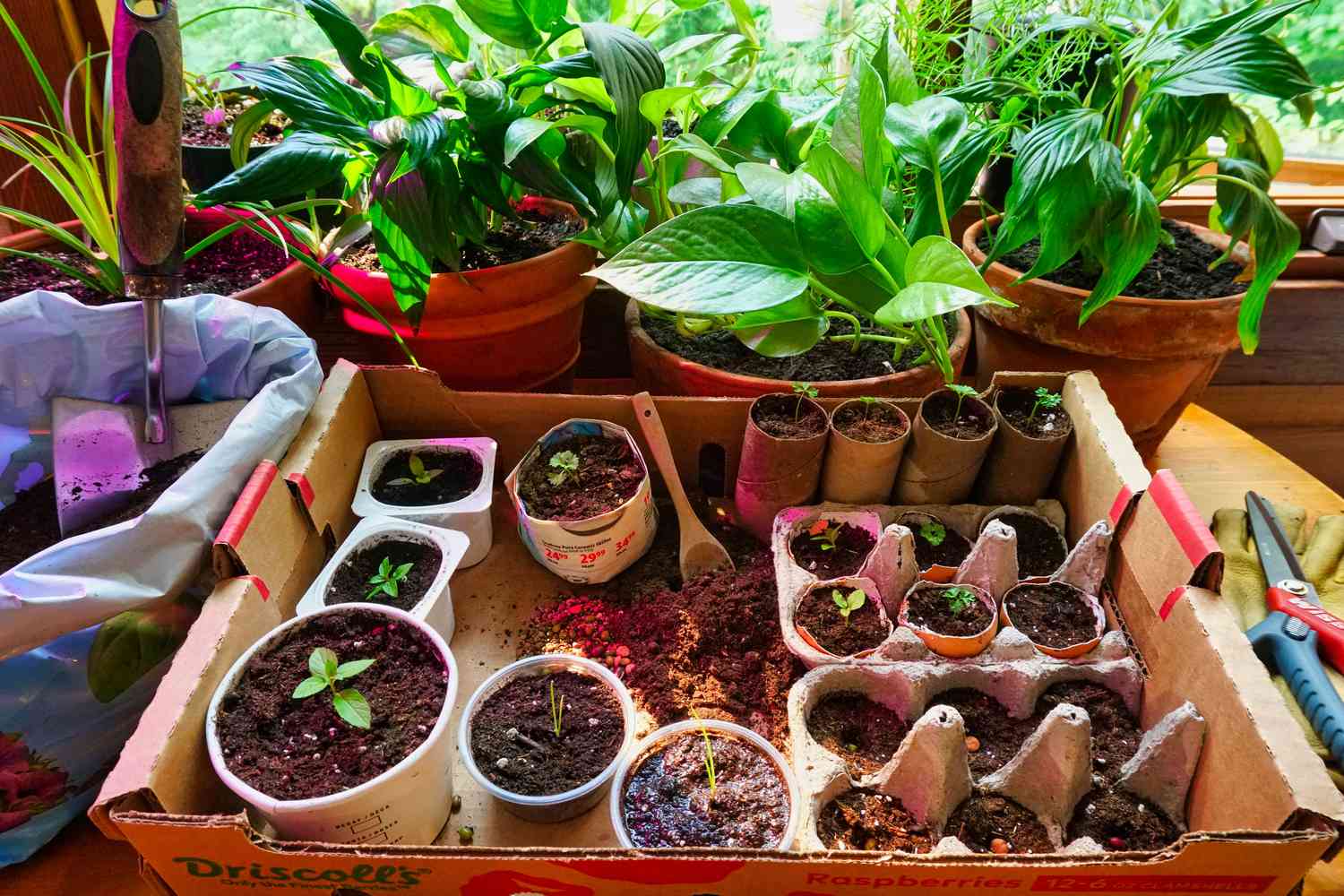
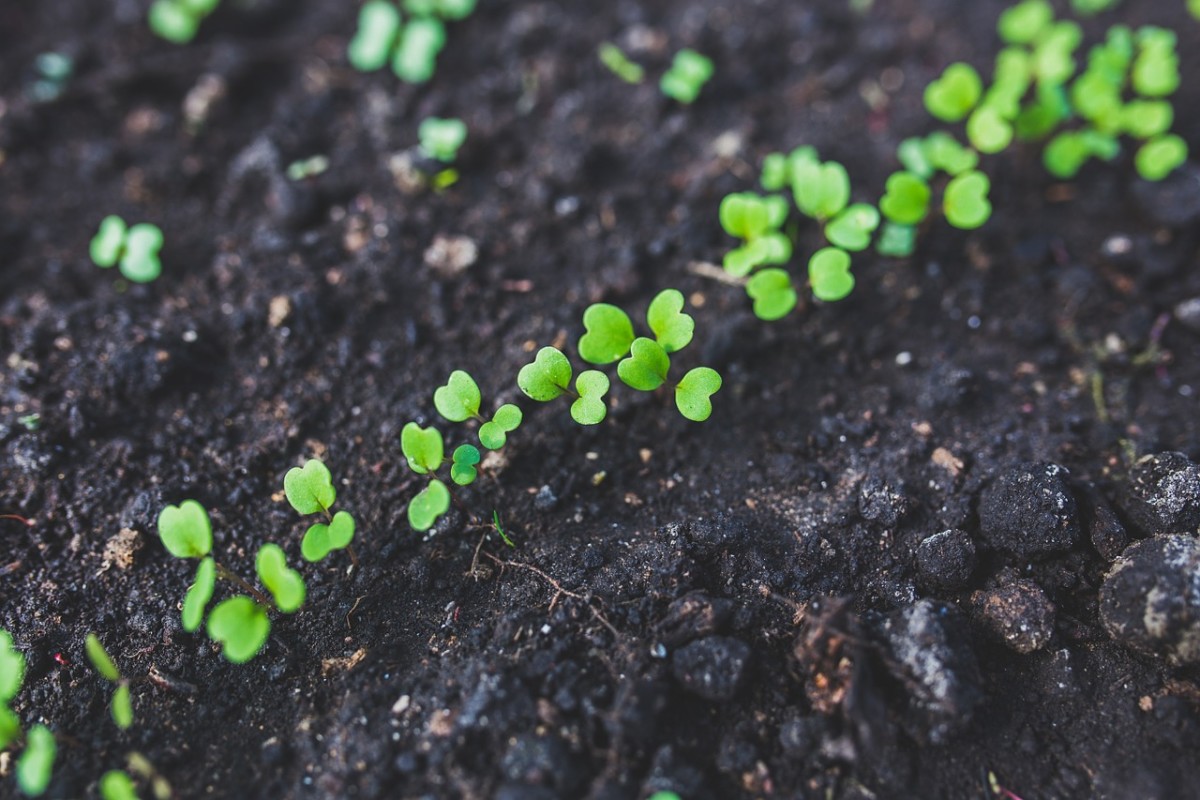
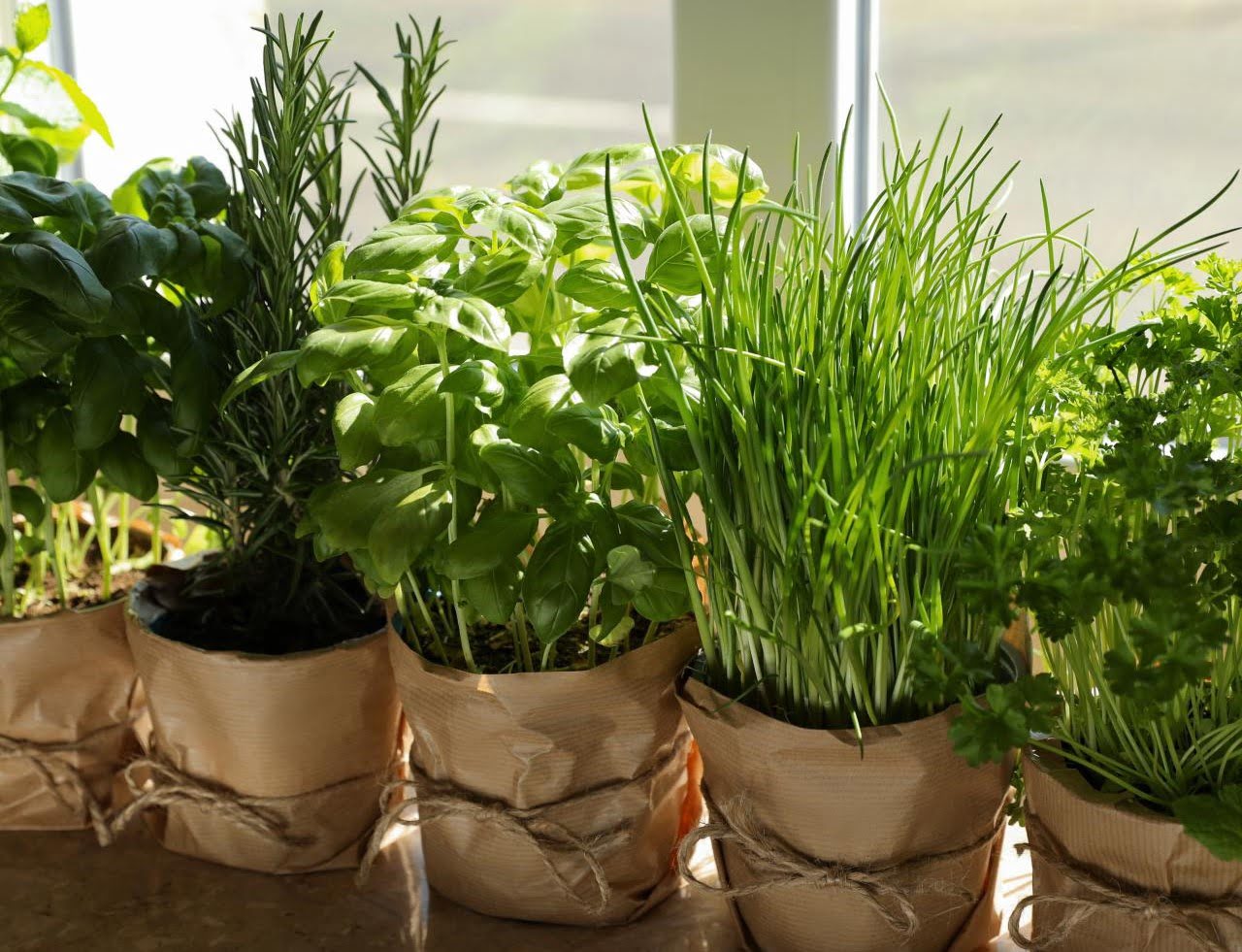
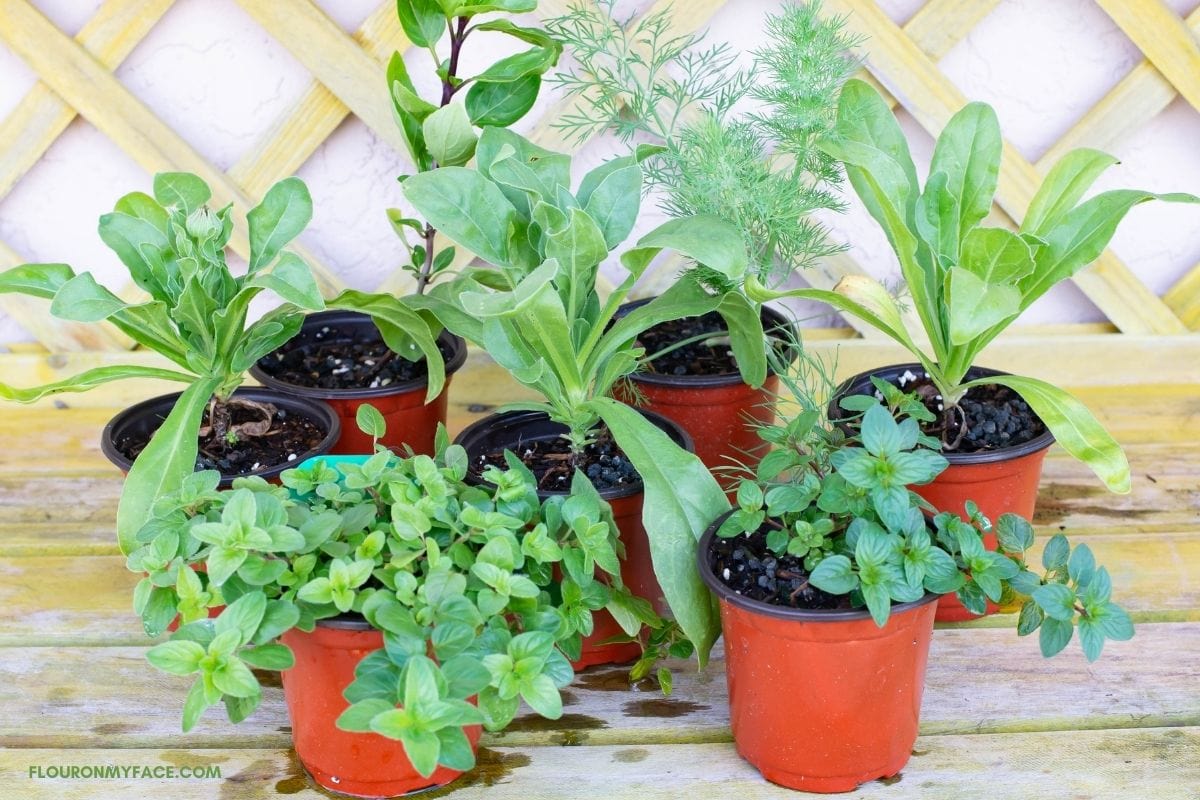











0 thoughts on “When To Plant Herbs From Seed”